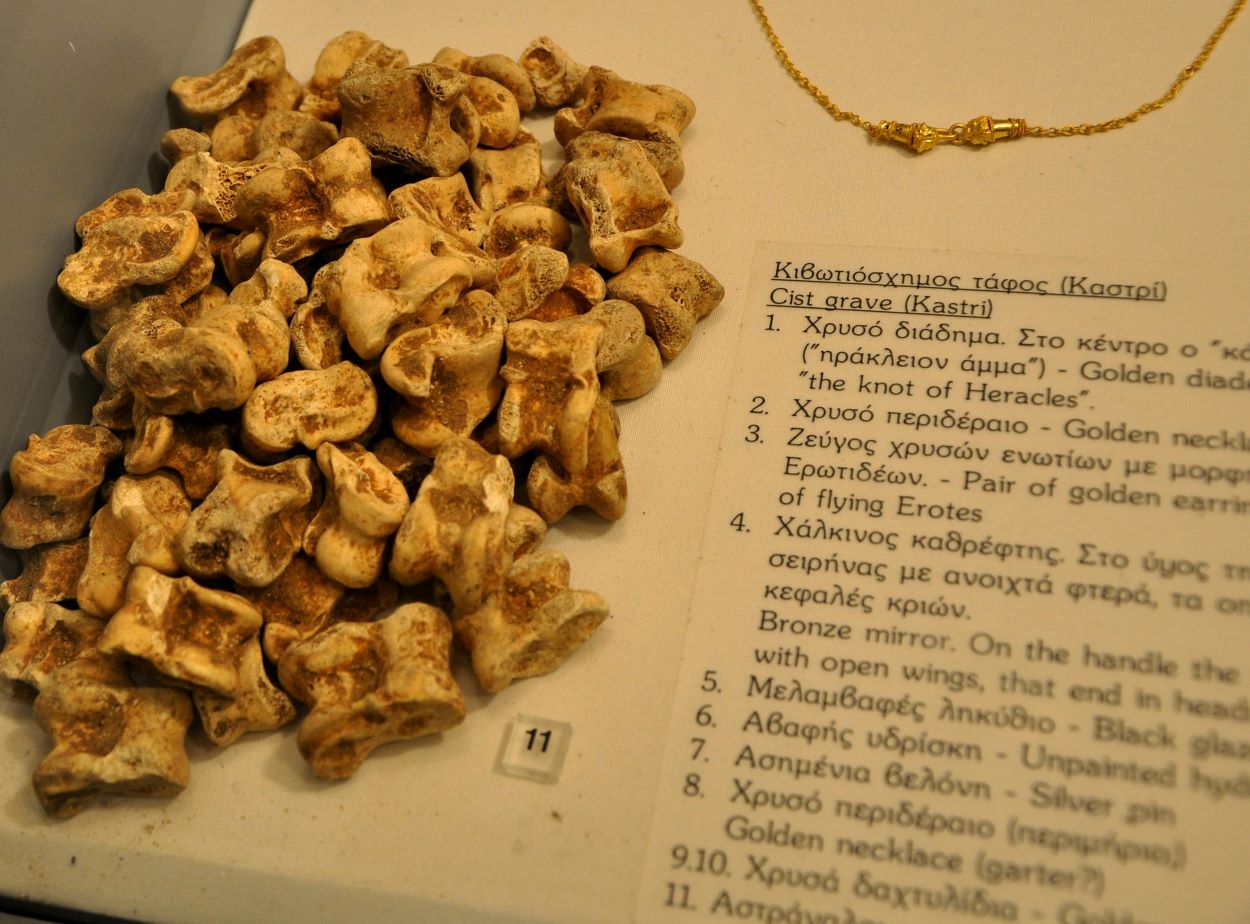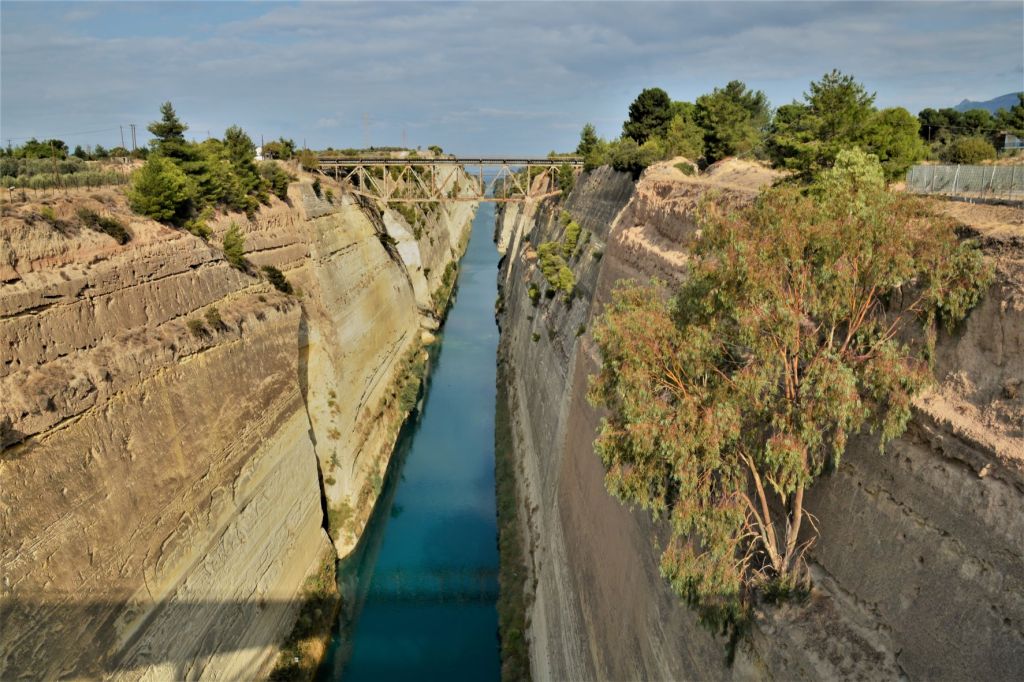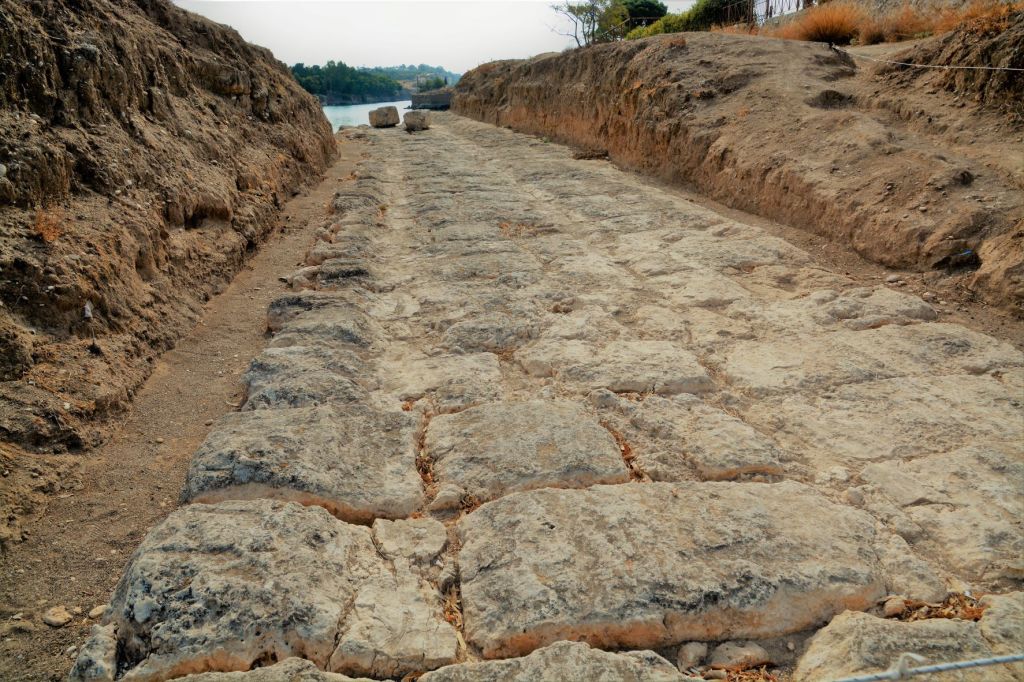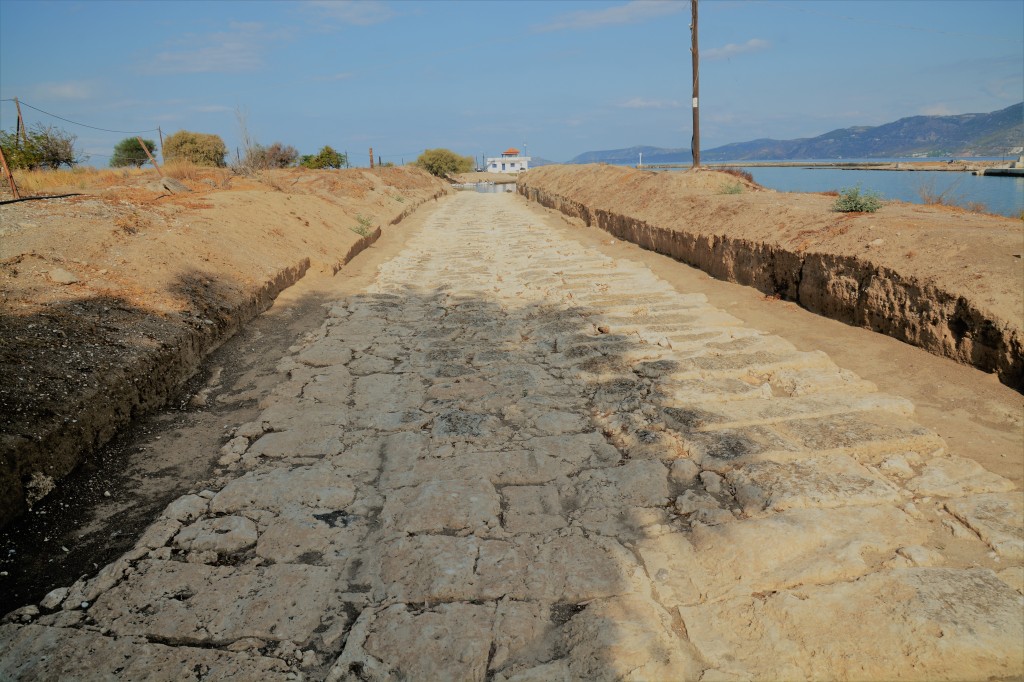Looking over some home-school material on the subject of ancient Greece, I saw an entry on “Feasting and Fun.” Such studies can help one enter the ancient historical world, and often aid in understanding the setting of the biblical world as well. As one reads of the importance of meals, social interaction, get-togethers for discussion of various topics, and playing games, in many ways one finds “there is nothing new under the sun.”
For example, “Games such as dice, or knuckle-bones, in which small animal bones were thrown like dice, were played at home or in special gaming houses” (Encyclopedia of the Ancient World, “Feasting and Fun” (224-227). This would be very similar to modern board games which make use of dice.
In our Greece/Turkey 2015 tour, we included a stop at Amphipolis, Greece, where I photographed a display of knuckle-bones. (Amphipolis is mentioned in Acts 17:1; Paul, passed through Amphipolis on his way to Thessalonica, 2nd Missionary Journey).

Knuckle-bones, used like dice. Photo by Leon Mauldin. Archaeological Museum, Amphipolis, Greece.
We are reminded of the Roman soldiers who cast lots to see who would get Jesus’ garment (Matt. 27:35; Mark 15:24; John 19:24). Also, we read of the casting of lots was used to show the Lord’s choice on who would take Judas’ place as an apostle (Acts 1:25,26). This may have involved the use of knuckle-bones/dice; this would have been one option.
The Dictionary of Daily Life in Biblical & Post-Biblical Antiquity (eds. Edwin M. Yamauchi & Marvin R Wilson) has some interesting information on our topic:
GAMES & GAMBLING. Children’s games and playing are universal to all cultures. Running games, jumping games, and hide and seek have been played since the beginning of time. Little girls “played house” and had dolls with moving limbs, preparing them for motherhood and domestic chores. Boys dressed like their conquerors who often were occupying forces, as counterintuitive as this may seem. Ball games that used balls constructed of hard, stuffed hides were also popular. Board games that used pieces and astragaloi (Gk. for the knucklebones of sheep or goats) or dice to move them were played in many societies over the millennia. Often these games involved gambling.
Mesopotamia. Many children’s toys have been found in Mesopotamia, including dolls (Akk. sing. passu) and miniature weapons, furniture, and chariots. Seals depict jugglers and balls. Rattles, spinning tops, and jump ropes (Akk. sing. keppû) were used (jump rope was called “the game of Ishtar”). Children, like adults, also played with knucklebones (Akk. sing. kiṣallu). Terra-cotta dice similar to Indian examples have been found at Tell Chuera, Tepe Gawra, Tell Asmar (Eshnunna), and Ur.
From earliest times, people have played board games, and such games are found in virtually every ancient archaeological setting. Evidence for board games dates as early as 9000 BC. Board games were inexpensive to make and easy to transport. They required only a board (which could be as simple as a flat surface); playing pieces; and a die, knucklebones, or throwing sticks to determine how many spaces a piece could be moved. Boards could be scratched into the dirt or etched in pavement stones. Many elegant game sets made of beautiful inset wood, shell, ivory and semi-precious stones have survived in burial contexts.
Greece. A favorite game at the men’s symposium, or banquet, was kottabos. While still reclining on their left elbows, the diners tossed the last drops of wine, or the lees, at a target, which could be saucers floating in water or an object that could be toppled. Women also played this game at their own parties. Women also played tops, striking them with whips. We have numerous statues and paintings of women and children playing with knucklebones. Artificial knucklebones were made of gold, silver, bronze, and glass. At a cave near Delphi, twenty-three thousand bone astragaloi were recovered, probably the dedications of boys and girls who relinquished their childhood toys when they came of age.
Rome. The Romans learned their gambling games from the Greeks. They called the knucklebones tali and the dice tesserae; the dice box was the fitullus. Games played with dice were aleae; they were played with pieces (calculi) on boards (sing. tabula, abacus, or alveus). A game board was a tabula lusoria. Hundreds of the latter were carved on pavements in Rome in the Forum, the Colosseum, and the House of the Vestal Virgins, as well as abroad at Corinth, Ephesus, Jerusalem, and at Hadrian’s Wall in England, as such games with boards and dice were especially popular with soldiers. (Carroll, S. T. (2015). Games & Gambling. In Dictionary of Daily Life in Biblical & Post-Biblical Antiquity (Vol. 2, pp. 365–374). Peabody, MA: Hendrickson Publishers.
Here are some of the excavations at Amphipolis which my group visited after leaving the museum.

Excavations at Amphipolis. Photo by Leon Mauldin.
Here is some of the pottery at the site.

Broken pottery at Amphipolis. Photo by Leon Mauldin.
See my earlier post for another entry on Amphipolis.
Click images for larger view.








 Posted by Leon Mauldin
Posted by Leon Mauldin 
























